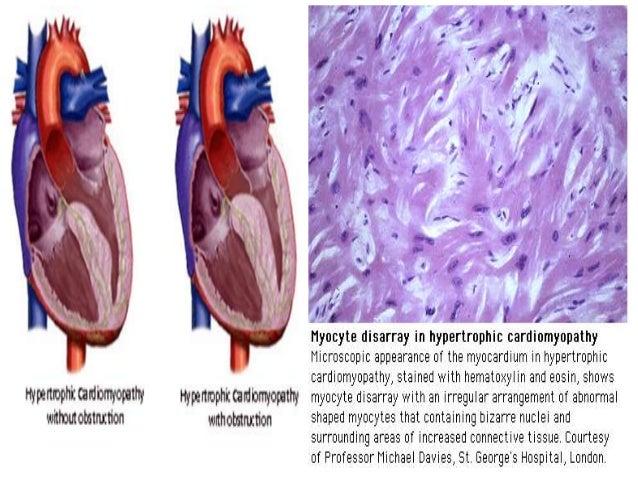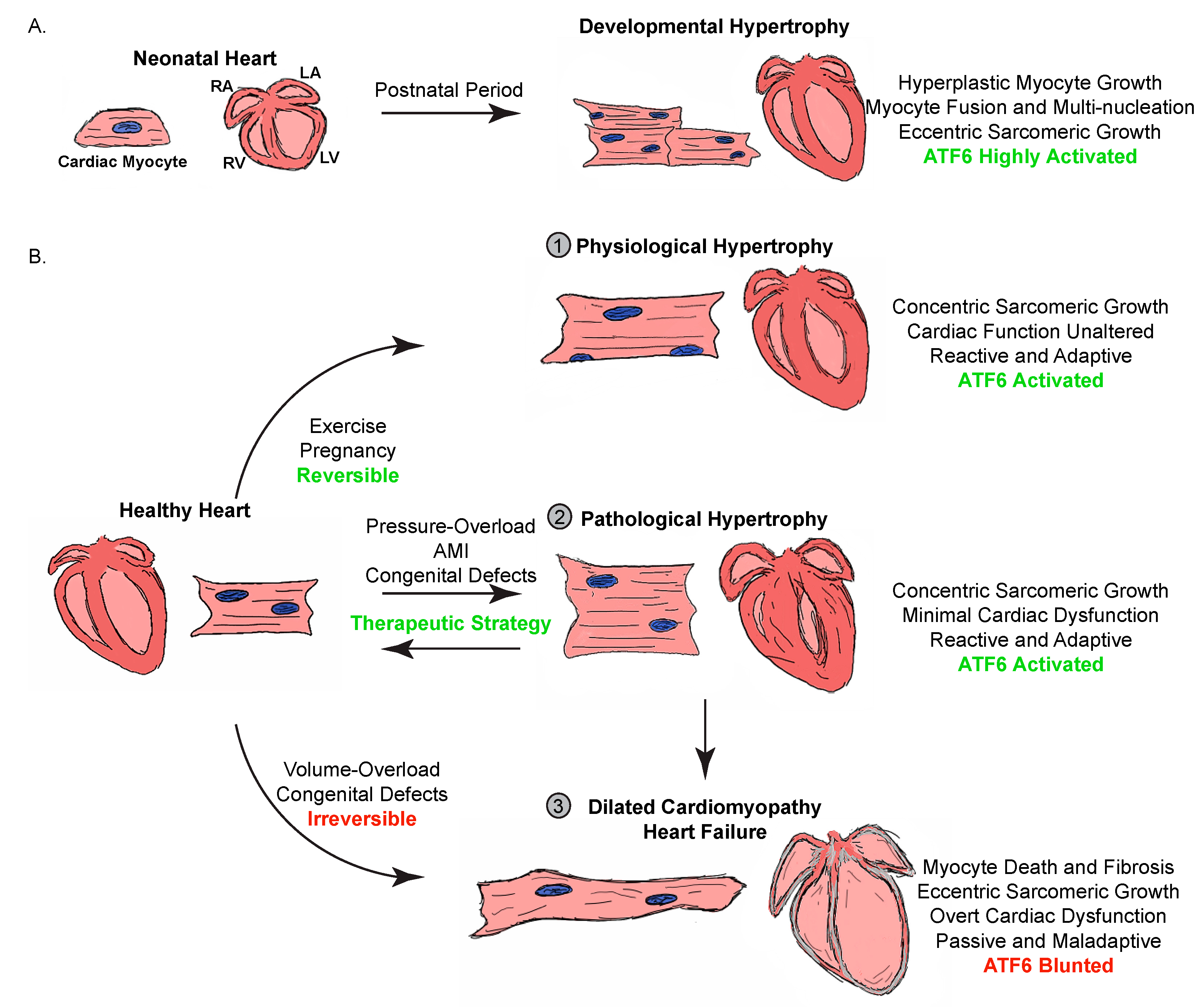
Left ventricular hypertrophy and cognitive function: a systematic review. Restrepo C, Patel SK, Rethnam V, Werden E, Ramchand J, Churilov L, et al. Electrocardiographic and echocardiographic left ventricular hypertrophy in the prediction of stroke in the elderly. O’Neal WT, Almahmoud MF, Qureshi WT, Soliman EZ. Electrocardiographic left ventricular hypertrophy predicts cardiovascular morbidity and mortality in hypertensive patients: the ALLHAT Study. 2014 47:649–54.īang CN, Soliman EZ, Simpson LM, Davis BR, Devereux RB, Okin PM. Electrocardiographic left ventricular hypertrophy and the risk of adverse cardiovascular events: a critical appraisal.
#PATHOLOGICAL HYPERTROPHY HEART DIAGRAM UPDATE#
Sodium intake and target organ damage in hypertension-an update about the role of a real villain.

Overexpression of the Na+/K+ ATPase alpha2 but not alpha1 isoform attenuates pathological cardiac hypertrophy and remodeling. 1996 27:1286–91.Ĭorrell RN, Eder P, Burr AR, Despa S, Davis J, Bers DM, et al. Endogenous endothelin-1 mediates cardiac hypertrophy and switching of myosin heavy chain gene expression in rat ventricular myocardium. Ichikawa KI, Hidai C, Okuda C, Kimata SI, Matsuoka R, Hosoda S, et al. Left ventricular hypertrophy and insulin resistance in adults from an urban community in The Gambia: cross-sectional study. Tissue renin-angiotensin system in myocardial hypertrophy and failure. Relation between cardiac sympathetic activity and hypertensive left ventricular hypertrophy. Schlaich MP, Kaye DM, Lambert E, Sommerville M, Socratous F, Esler MD. Prevalence of left-ventricular hypertrophy in hypertension: an updated review of echocardiographic studies. Target organ damage in hypertension: pathophysiology and implications for drug therapy. Nadar SK, Tayebjee MH, Messerli F, Lip GY. Global, regional, and national comparative risk assessment of 84 behavioural, environmental and occupational, and metabolic risks or clusters of risks for 195 countries and territories, 1990–2017: a systematic analysis for the Global Burden of Disease Study 2017. Global burden of hypertension: analysis of worldwide data. Kearney PM, Whelton M, Reynolds K, Muntner P, Whelton PK, He J. Blockers of the RAAS such as ACEI and angiotensin receptor blockers have been shown to be superior to other classes of antihypertensive drugs in reducing the incidence of new onset AF in some subgroups of hypertensive patients such as those with LVH.


Treating HT has also been shown to significantly reduce the risk of heart failure and the incidence of new onset AF. Treating HT has also been shown to improve endothelial function and reduce platelet activation, which could also explain the improved cardiovascular outcomes. Some group of antihypertensive medications such as angiotensin converting enzyme inhibitors (ACEI) have been shown to cause more LVH regression than other classes of drugs. Patients who demonstrate greater LVH reduction have been shown to have much better prognosis and fewer cardiovascular events than those whose LVH remained the same with the worst prognosis in those where new LVH developed or where the LVH worsened on treatment. In the heart, regression of LVH has been shown to occur with BP reduction. Many of the HT-related changes have been shown to be reduced or even completely reversed by lowering BP. It has been shown that lowering BP reduces risk of a myocardial infarction by 20–25%, of stroke by 35–40% and by 50% for heart failure. Strict BP control has been demonstrated to reduce cardiovascular mortality and morbidity.


 0 kommentar(er)
0 kommentar(er)
